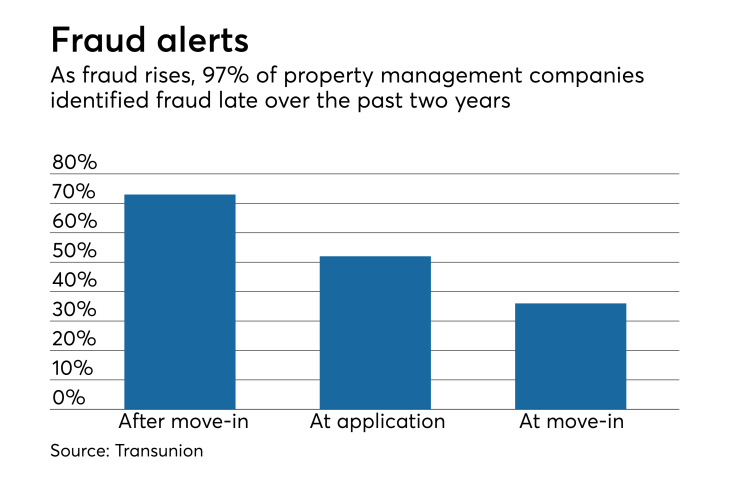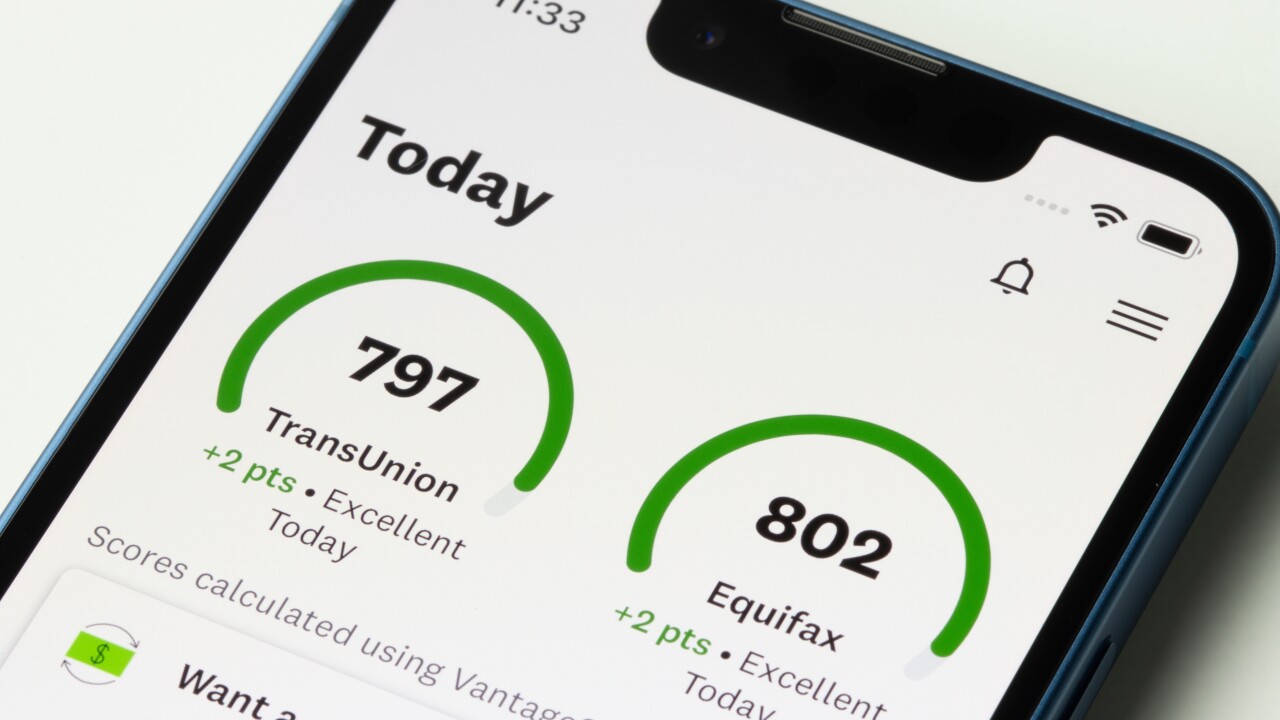While digital expansion of the mortgage application process increases convenience, it inherently comes with the downside of heightened fraud risk.
The driving forces behind mortgage companies enhancing their tech and digital tools are improving customer experience and retention. Seventy-one percent of financial services firms said customer expectations influence the methods they use to detect fraud, according to Transunion. However, many cyber securitizations lack real-time adjustments or result in poor user experience.
"It's clear that a major hurdle for decision makers in industries such as financial services, insurance and the rental market is how to fight fraud while ensuring prospective customers have a good experience. Consumers are demanding a better experience and those businesses that are not delivering on this are losing out to their competitors," Geoff Miller, head of global fraud and identity solutions for TransUnion, said in a press release.

As the industry evolves, lenders and servicers must evolve with it. Tech improvements need to be developed that are time sensitive while also keeping customer convenience at the forefront.
"To effectively fight fraud, businesses cannot wait days, hours or even minutes to make the right decision. They need effective tools that utilize evolving, overlapping networks of physical and digital risk signals that will inevitably help both businesses and the consumers they serve," said Miller.
A recent report from CoreLogic showed the same trends. The data provider's
"Because home prices are rising, and demand is strong, most mortgage fraud in this type of market is motivated by bona fide borrowers trying to qualify for a mortgage," Bridget Berg, principal of fraud solutions strategy for CoreLogic, said in a press release. "Undisclosed real estate liabilities, credit repair, questionable down payment sources and income falsification are the most likely misrepresentations."





